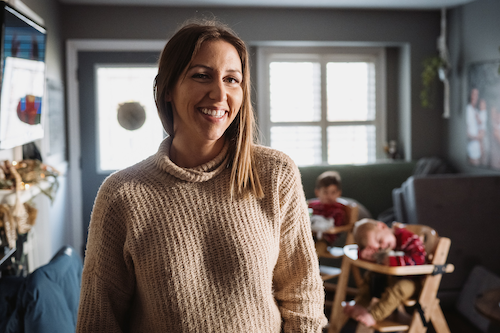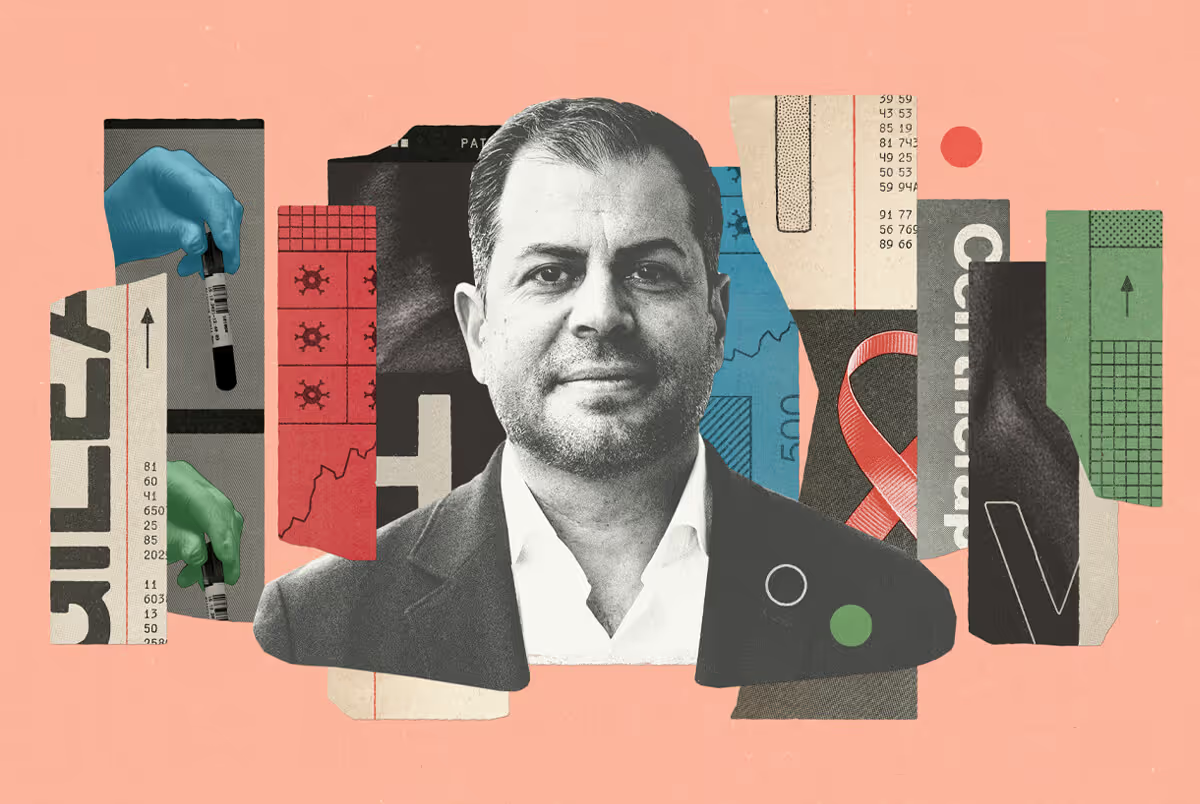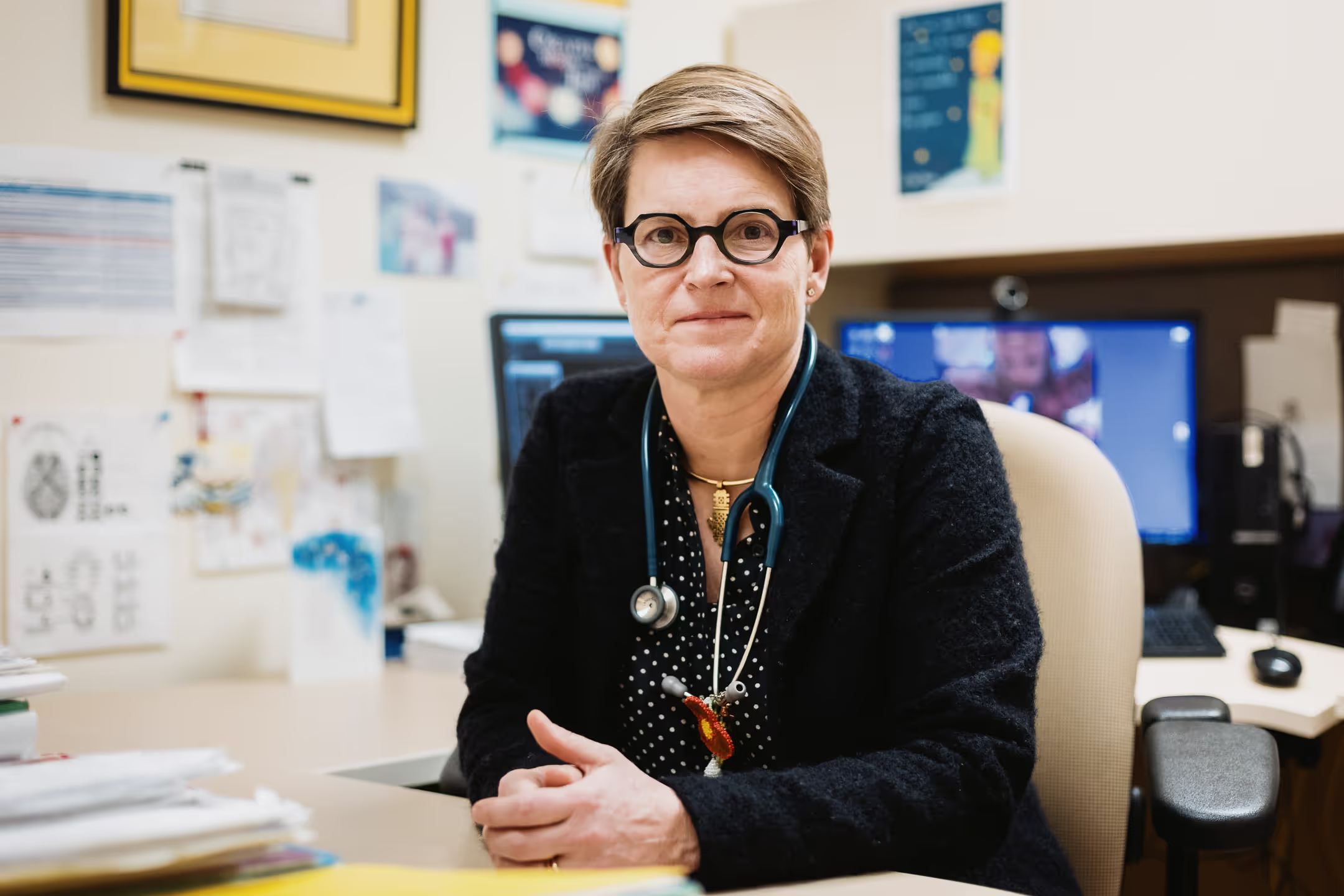“When I was 24 years old, I suddenly lost about 15 pounds without changing my diet or lifestyle. My clothes were falling off of me. I was also thirsty all the time, and my vision was getting blurry. In retrospect, these are textbooks symptoms of diabetes, but the diagnosis still came as a surprise.
Getting diagnosed with type 1 diabetes as an adult is very different from getting diagnosed as a child. There’s not nearly as much support for adults at diagnosis as there is for children. I was sent home from the ER with medication, a sharps bin, a glucometer, and the expectation that I’d mostly figure it out on my own.
I gave myself my first injection that night, on FaceTime with my parents. I had no idea what I was doing. I remember just thinking, ‘Holy shit, this is my new life.’ I cried. I cried a lot.

And that was before I even understood how expensive it is to have diabetes in Canada. I was already working two jobs. I’m a photographer, which can be a slow start financially in the beginning. So I had a studio job, and then a retail job on the side to make sure I could actually pay the bills. And my bills were about to get a lot heavier.
Because I was 24 when I was diagnosed, most of what I needed was covered at first. But the second I turned 26, I had to pay almost all of it out of pocket. An insulin pump alone costs $6,000, and they don’t last forever. Then there’s the steady stream of supplies for the pump, not to mention the insulin itself. I only stay afloat because I’m lucky enough to have support from my family. And, keep in mind, I would die without this stuff.
It’s ridiculous. It really feels like the system’s built on an old assumption that, by the time someone’s 26, they’ve got their career sorted out, steady income, a pension, and financial independence. They should be able to afford it. Well, the world hasn’t been like that for a very long time, especially for those of us in creative careers.
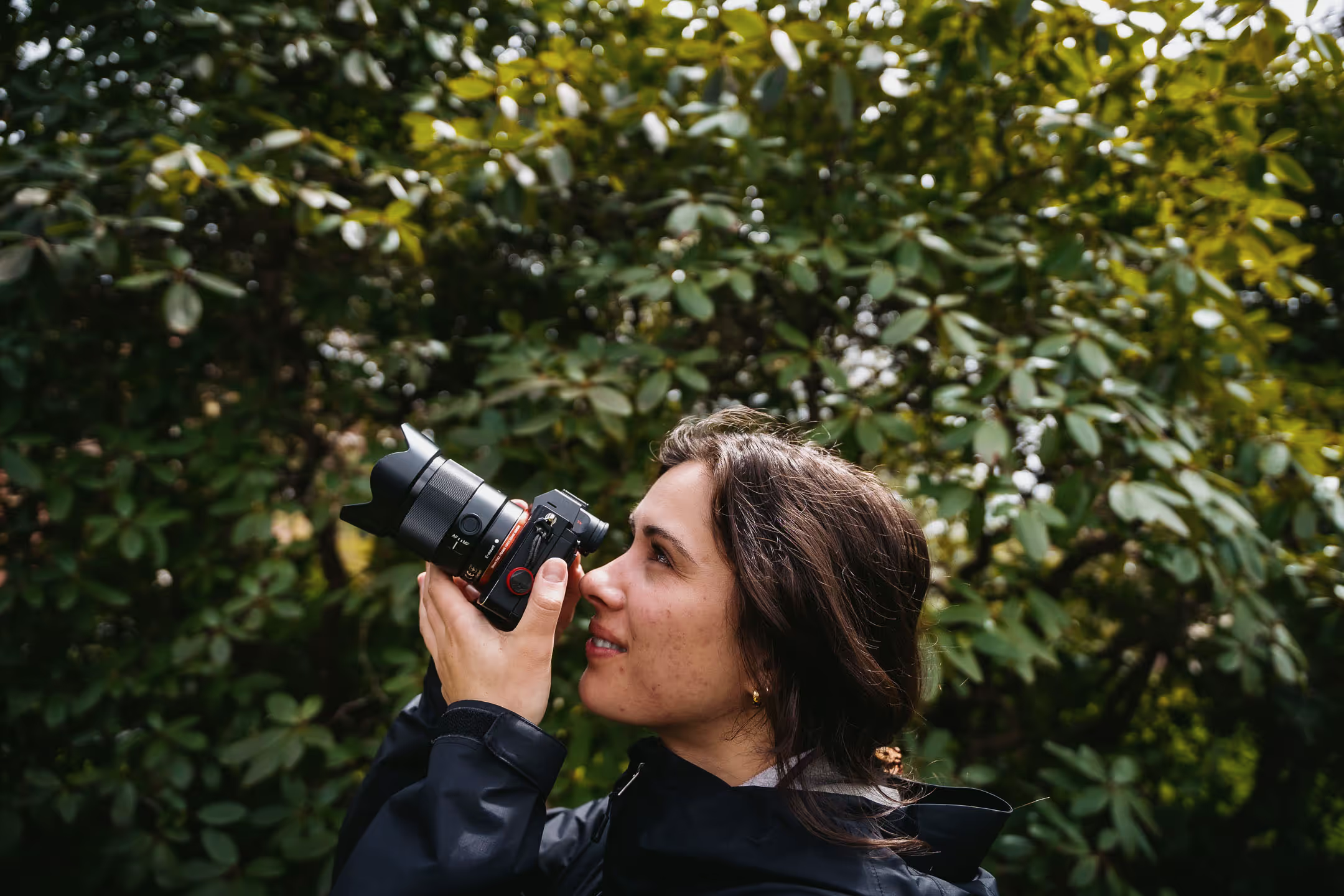
If I’d known I was going to be diabetic, I might’ve chosen a different path. It kills me to say that, because I love photography so much. But it’s hard to afford to do what you love when just staying alive is this expensive.”
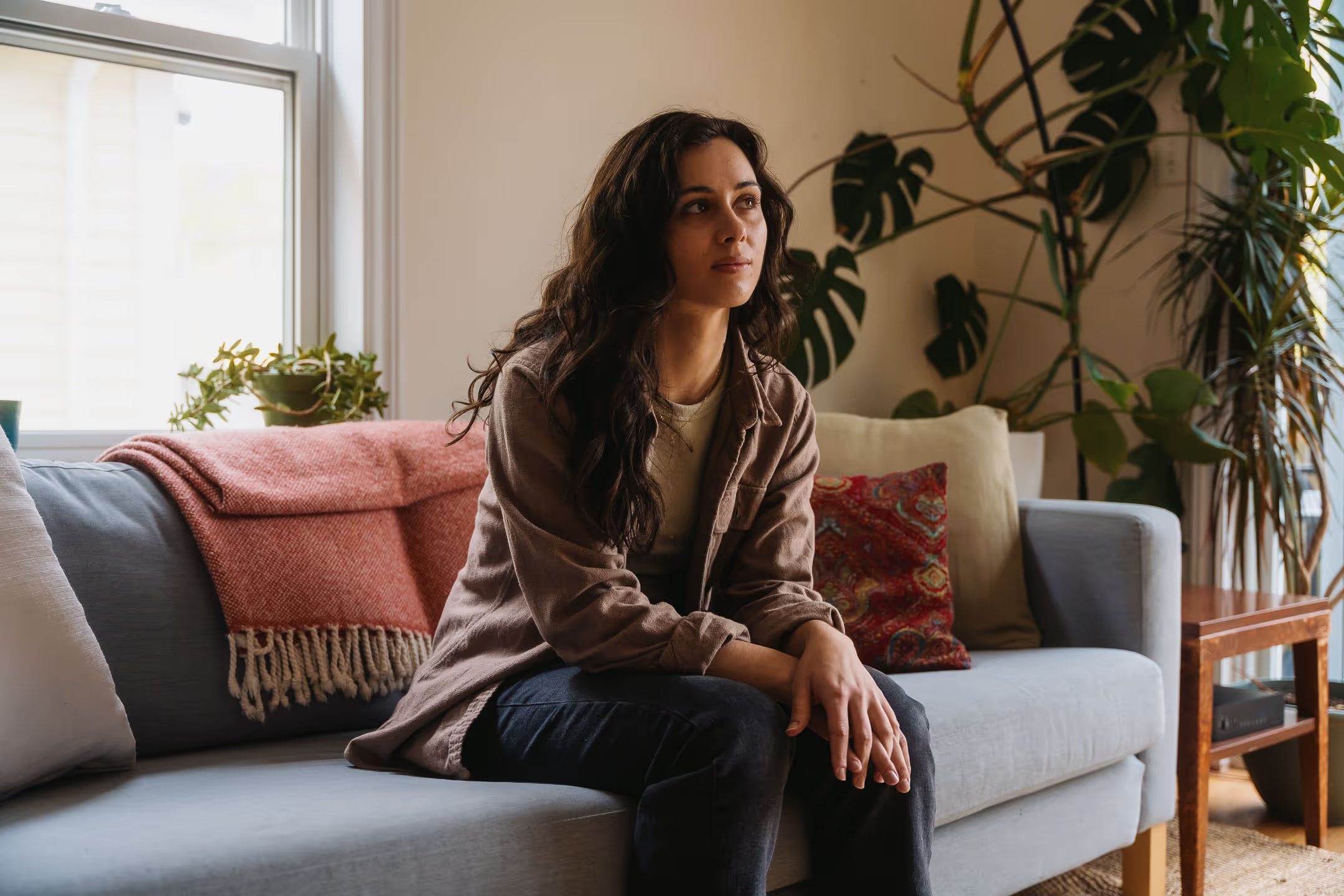
%20(1).jpg)
